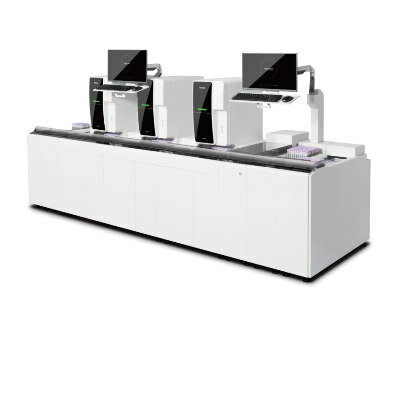Biodegradable Nanoparticles Maintain Glucose Balance in Mouse Diabetes Model
By LabMedica International staff writers
Posted on 30 May 2013
Diabetes researchers have developed an acid-degradable polymeric "nanonetwork" made up of nanoparticles loaded with insulin that can detect elevated glucose levels in the blood of diabetics and then release the hormone to return glucose levels to normal.Posted on 30 May 2013
Investigators at the Massachusetts Institute of Technology (Cambridge, USA) adapted nanotechnology techniques that they had developed for anticancer drug delivery to address the problem of maintaining the glucose balance in diabetes patients.

Image: Senior author Dr. Daniel G. Anderson (Photo courtesy of Massachusetts Institute of Technology).
They prepared a gel-like structure containing a mixture of oppositely charged nanoparticles that by attracting each other could maintain the integrity of the gel and prevent individual nanoparticles from becoming detached. Each nanoparticle was a dextran sphere containing insulin and an enzyme capable of converting glucose to gluconic acid. The structure of the dextran sphere allowed glucose to diffuse freely, so when sugar levels in the blood were elevated, the enzyme produced large quantities of gluconic acid, lowering the pH of the local environment. The acidic environment caused the dextran spheres to disintegrate, releasing insulin into the bloodstream.
The nanoparticle gel was tested in a Type I diabetes mouse model. Results published in the May 2, 2013, online edition of the journal ACS Nano revealed that a single subcutaneous injection of the gel corrected glucose imbalance and maintained normal blood-sugar levels in the animals for an average of 10 days. As the particles were mostly composed of polysaccharides, they were biocompatible and eventually degraded in the body.
“Insulin really works, but the problem is people do not always get the right amount of it. With this system of extended release, the amount of drug secreted is proportional to the needs of the body,” said senior author Dr. Daniel Anderson, associate professor of chemical engineering at the Massachusetts Institute of Technology.
Related Links:
Massachusetts Institute of Technology














